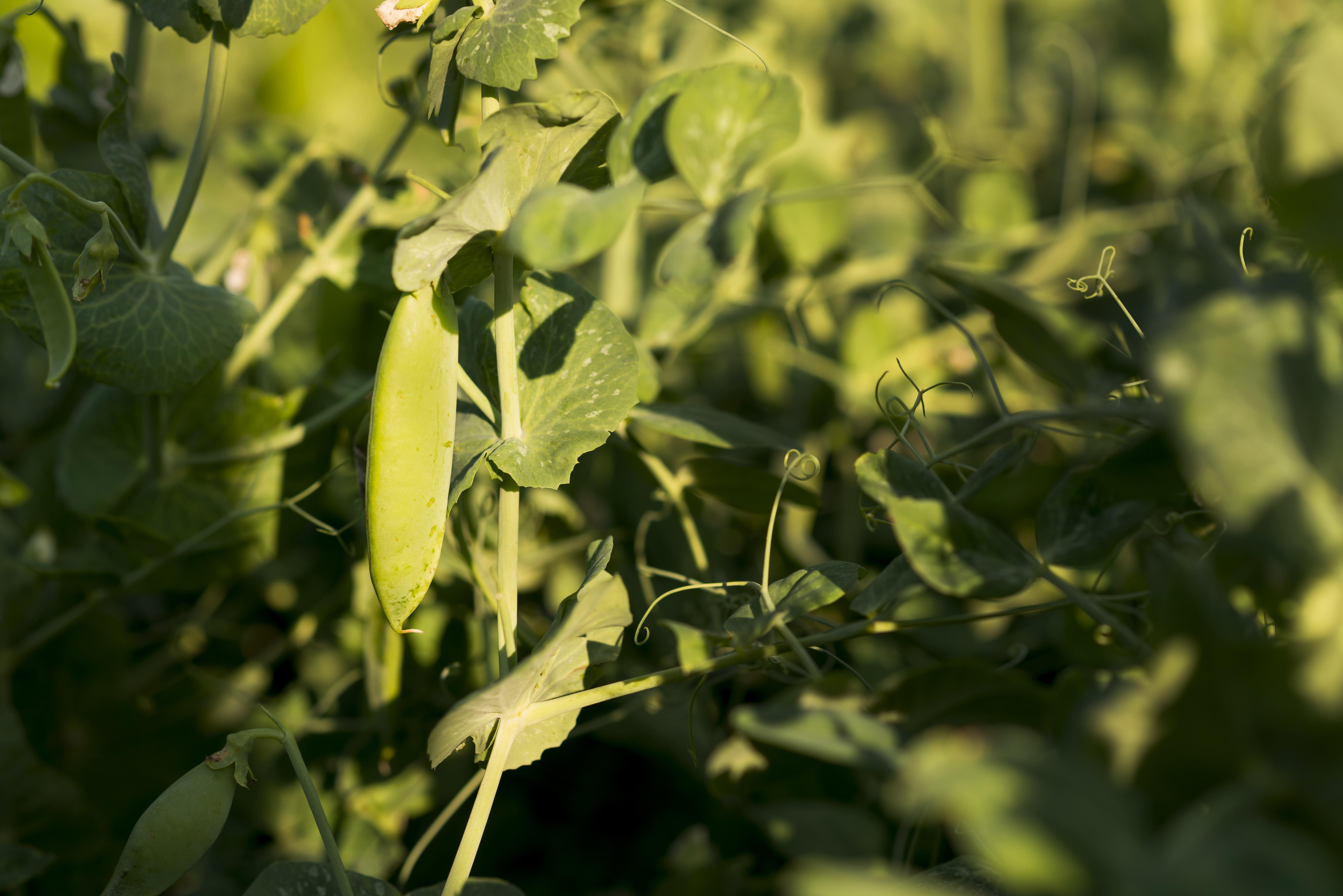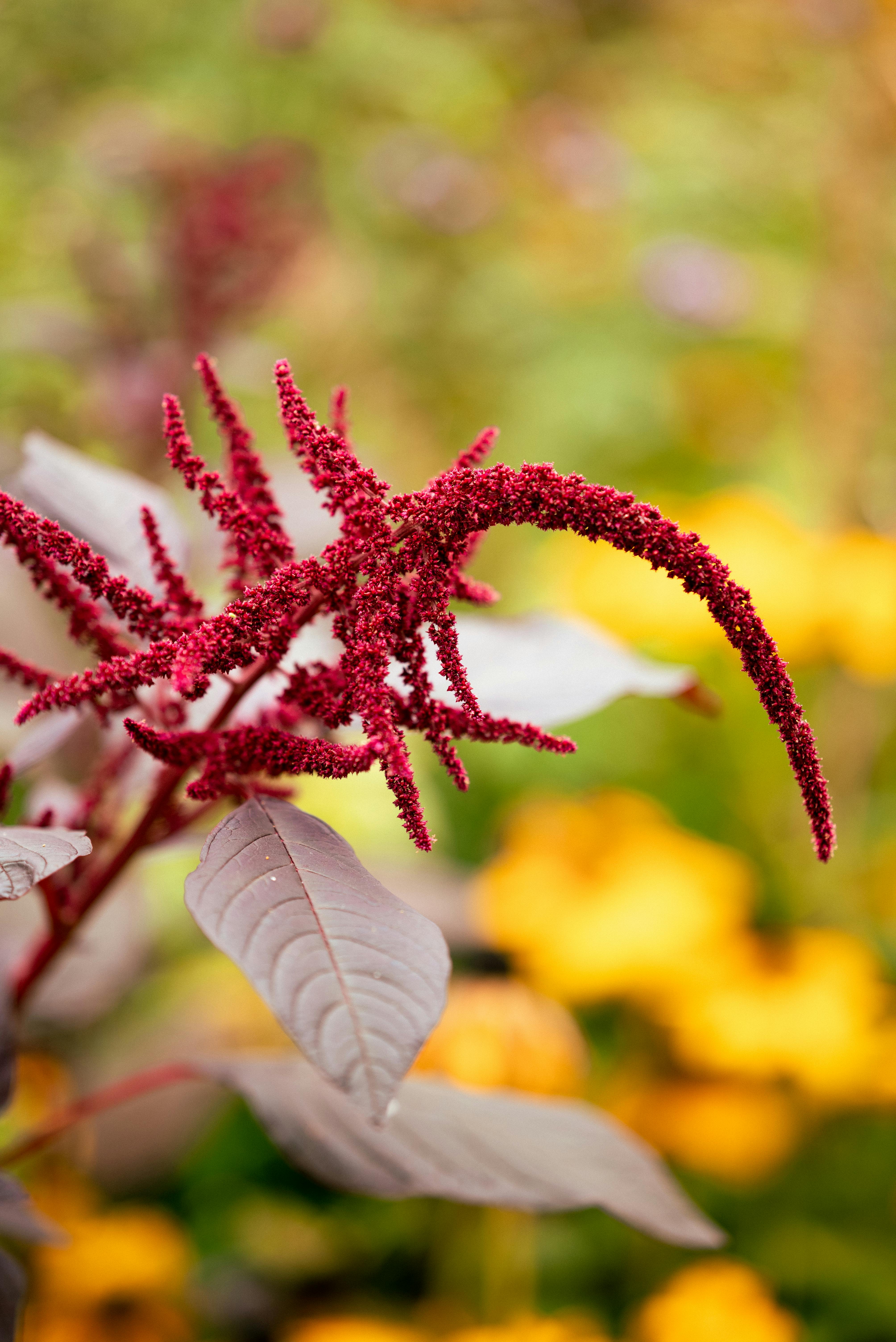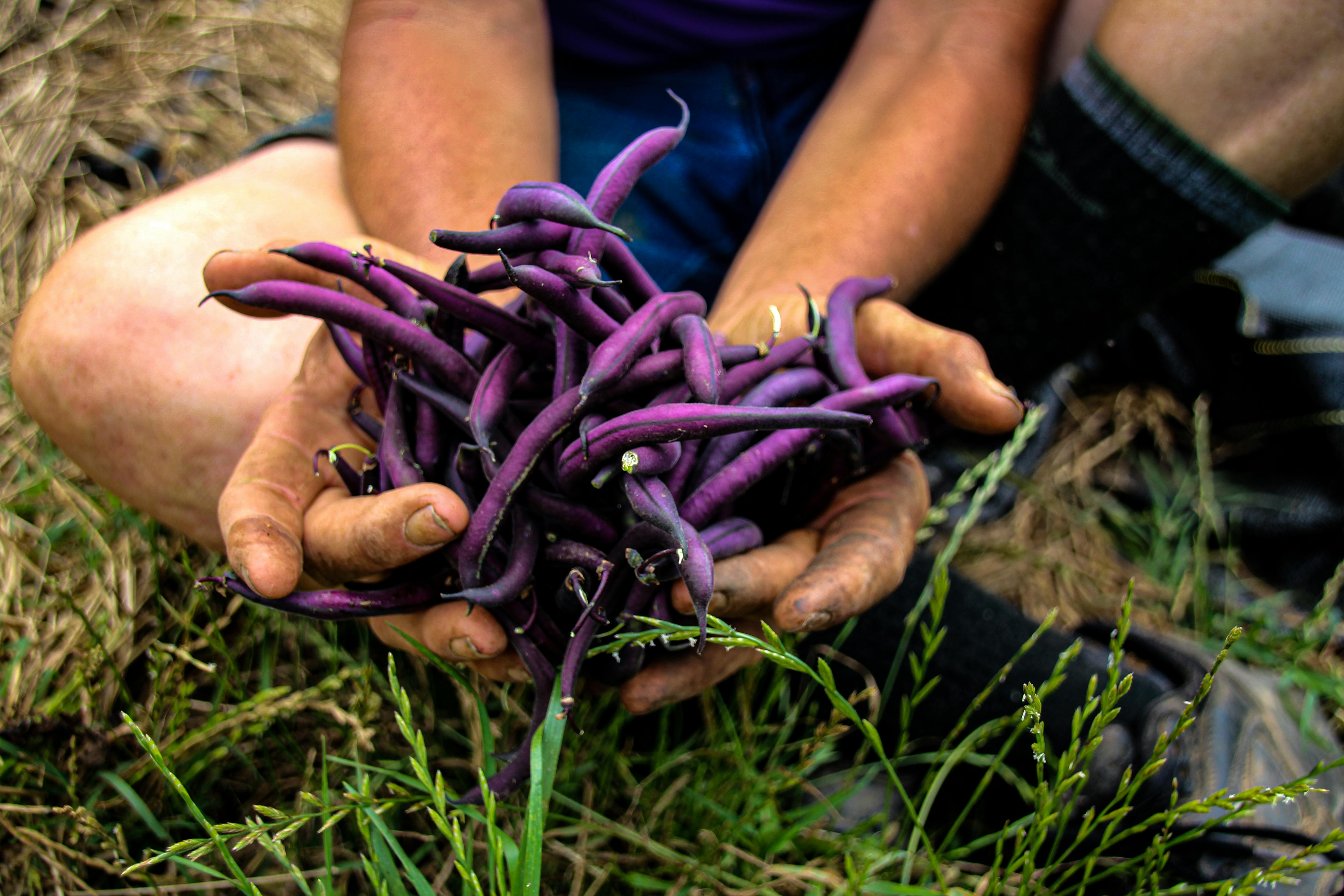Part of why I turned to gardening was for resilience. That quiet confidence of knowing I’ll always have access to food. Understanding what it took from the earth, and what it gives back, tastes like freedom. Like peace, in a way.
It also made me think more deeply about what nourishes me. And if there’s one nutrient the world seems fixated on right now, it’s protein. Every other product at the supermarket screams “high-protein” or “protein-packed”, gym culture has practically rebranded it as a religion, and new research keeps surfacing about how essential it is for our health.
This blog isn’t here to shame your protein powders or tell you to ditch your favorite snack bars, do what feels right for your body. But if you have access to a garden and want to add something amazing to both your nutrition and your soil, keep reading.
Firstly, What is Protein?
Let’s break it down. Protein is one of the three macronutrients your body needs in large amounts (the others being carbs and fats). It’s made up of building blocks called amino acids and these little molecules are what your body uses to:
- Build and repair muscle, tissue, and skin
- Produce enzymes and hormones
- Power your immune system
- Keep every single cell functioning properly
So yeah, kind of a big deal! No wonder it’s talked about so much lately.
Your body needs 20 different amino acids to function properly. It can make most of them on its own, but 9 are “essential”, meaning you have to get them through food. Animal proteins (like meat, eggs, and dairy) contain all 9 in one go, which is why they’re called complete proteins. Most plant-based sources don’t have the full set on their own, but that’s not a problem. Your body can combine amino acids from different plant foods throughout the day to get everything it needs. By eating a variety of beans, grains, nuts, and seeds, you can meet your protein needs fully from plants. In doing so, you’re not just nourishing your body: you’re also being gentler on the earth, lighter on the soil, and kinder to animals along the way.
Disclaimer: this is supported by the Academy of Nutrition and Dietetics, which confirms that well-planned plant-based diets provide all the protein your body needs, at every life stage.
What Counts as Protein in the Garden?
When we talk about protein, we’re usually thinking beans (and beans are stars) but they’re not alone. Protein in plants comes from a whole cast of characters:
- Legumes like peas, chickpeas, and lentils. They are also nitrogen fixation plants!
- Seeds & grains like quinoa, amaranth, and peanuts
- Nuts (if you’ve got the space!)
- Leafy greens that chip in smaller amounts
Some have complete proteins, others don’t but together they build a well-rounded cast for your diet.
What to Grow, Where: Protein Crops by Climate Zone
Whether you’re gardening in chilly Maine or sunbaked Arizona, there’s a protein-rich plant waiting to thrive in your zone.
Cooler climates (USDA Zones 3–5)
- Lentils – Hardy, drought-tolerant, and nutrient-dense. A great early-season crop in northern zones.
- Fava Beans – One of the most cold-hardy legumes, with a rich, meaty flavor. Best planted in early spring or fall.
- Quinoa – A complete protein and gluten-free seed often treated like a grain. Grows well in cooler, drier climates. Short-season varieties like Cherry Vanilla are ideal for Zones 4–5.
- Kale & Spinach – While not high-protein (about 3g per cooked cup), they add valuable nutrients and support overall protein intake.
- Peas – Cool-weather champs. Snap, snow, or shelling varieties are easy to grow

Temperate climates (USDA Zones 6–8)
-
Soybeans (Edamame) – Thrive in warm summers and are rich in complete protein (~17g per cooked cup). Harvest young for edamame.
-
Chickpeas (Garbanzo Beans) – Prefer hot, dry summers and well-drained soil. Protein-rich (~15g per cooked cup) and good for small-scale growers.
-
Runner Beans – Heat-tolerant, vining, and beautiful. High yields and moderate protein (~13g per cooked cup).
-
Sunflower Seeds – Grown for seeds, not the flower! ~6g of protein per ¼ cup shelled seeds. Full sun and space to grow tall.
-
Amaranth – Both the leaves (protein-rich greens) and seeds (complete protein) are edible. Adaptable and ornamental.

Warm climates (USDA Zones 9–11)
- Pigeon Peas – Perennial in the tropics, annual in mild climates. Popular in Caribbean, African, and Indian cooking. Great nitrogen fixer.
- Moringa – Fast-growing tree with edible leaves high in protein (~2–3g per 100g fresh). Also rich in vitamins and minerals.
- Peanuts – Technically a legume, not a nut! Grows well in sandy, well-drained soil. ~25g protein per cup (roasted).
- Sesame – Grown for its oil-rich, high-protein seeds (~5g per tablespoon). Needs a long, hot growing season.
- Cowpeas (Black-eyed peas) – Extremely drought-tolerant and thrive in heat. ~13g protein per cooked cup.

Backyard Protein Hacks
- Go vertical: Beans and peas love to climb. Save space with trellises or garden arches.
- Mix it up: Try the Three Sisters method. Corn, beans, and squash grown together to support each other.
- Let it dry: For storage crops like lentils or chickpeas, leave pods to dry on the plant before harvesting.
- Save seeds: Dry beans and grains store well all year and can be replanted.
Bonus fact: Many legumes, including soybeans, chickpeas, peas, lentils, and fava beans, are nitrogen-fixers. That means they work with bacteria in the soil to pull nitrogen from the air and convert it into a form plants can use. This natural fertilization reduces the need for synthetic nitrogen fertilizers, which are energy-intensive to produce and can pollute water systems!
Start small, experiment wildly, and celebrate the fact that your dinner might start from a single sprout.
And hey, if you name your soybean plant “Beanoncé,” we fully support that.
